Military Jointness Grows Up
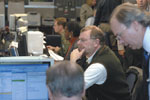 |
| Military and other U.S. federal government agency personnel participate in Vigilant Shield 2007 at the North American Aerospace Defense Command and the U.S. Northern Command. After the tsunami relief effort in 2004, Gen. Lance Smith, USAF, commander, U.S. Joint Forces Command (JFCOM), directed his team to develop a dot-org information domain to facilitate communications between organizations during an emergency. |
The orderly structure of established nations’ mighty militaries differs intensely from the structure of terrorist force organizations. In terrorist cells, distinctions between warfighters who trigger improvised explosive devices and those who detonate car bombs are miniscule.
The U.S. Joint Forces Command (JFCOM), headquartered in
Lt. Gen. John R. Wood,
Training has evolved in several ways, Gen. Wood shares.
When Gen. Wood refers to the networked approach, he is talking about more than just the web of people involved—new technologies also are enriching the learning experience. In the past, troops preparing to deploy traveled to JFCOM to train. Now, more often than not, command personnel go to the deploying force’s location and are networked through JFCOM. Technology not only enables humans to participate in training both physically and virtually but also allows trainers to introduce constructive forces to bulk up the training sessions.
“We use models to replicate an operational environment and an array of actors that the force is likely to encounter, and then all of that is leavened with the kind of battlefield and operational experience that is resident in our trainers. Also, we are in contact with forces that are actually on mission, and we’re constantly changing the training model to be the most correct and accurate portrayal of the mission that the deploying forces are likely to face,” the general explains.
In January, JFCOM held the latest iteration of the Unified Endeavor mission rehearsal exercise series to prepare members of the U.S. Navy’s Standing Navy Joint Command Element (SNJCE) to deploy to the Horn of Africa. The purpose of the exercise, which took place at JFCOM’s facilities in
JFCOM has been supporting the Global War on Terrorism since the beginning by preparing the first troops before they deployed to
For example, even before a call for more troops in
“We’re very, very engaged in that process. We developed it, and I think the measure of success here is the predictability we’re able to provide to our components—the services—for the force requirements in the future. This is a process that has matured from a point in time when we were initially flowing forces for OIF [operation Iraqi Freedom] or OEF [operation Enduring Freedom] to a point now where we’re involved in a campaign in the Global War on Terrorism,” Gen. Wood explains. The command is proficient in making recommendations to senior military leaders, but the work is still difficult. “There are a lot of trade-offs and a lot of issues that we have to resolve with our partners, but it’s great to see the teamwork involved,” he relates.
Joint command and control (C2) remains a large problem for joint forces. “One of the most important new missions we have is to overcome the challenge of joint C2. Joint C2 is trying to produce synchronized and coordinated outcomes with multiple actors who typically bring different equipment, different technologies and frankly maybe a different purpose to the fight. All of us have experienced—certainly in the military—that moment when we wish C2 challenges had been handled before we got to the problem, early in the fight,” Gen. Wood notes.
To address this issue, JFCOM has been named the capabilities portfolio manager for joint C2, which involves monitoring new systems from start to finish. The command must review equipment early in the design process to ensure that it meets operational needs. In addition, the processes for using joint C2 equipment must be proved through exercises, experimentation and operational assessments. Finally, the systems must be delivered to the joint warfighter in a joint manner.
“Not everything needs to be joint. Frankly, we only need to work on the problems where that integration and coordination challenge exists, but we all admit that we could do better. We’ll be looking specifically at architectures and authoritative data standards—at the kind of legacy versus network-enabled capabilities. It’s an important responsibility we’ve been given. We take it very seriously and are reorganizing elements of the command to perform what we think is a vital mission,” Gen. Wood says.
 |
| Cmdr. Theodore Summers, USN, assistant director of strategic communications with Combined Joint Task Force–Horn of Africa (CJTF-HOA), claps alongside officials in Dire Dawa, Ethiopia, at the dedication ceremony for the Medehane Alem primary school in January. The CJTF-HOA funded the project, which was completed by local contractors. JFCOM has supported work in Africa by assisting with personnel troop rotation. |
The services also are looking to future systems to solve some interoperability issues. Network-enabled technologies and the Global Information Grid may provide integrated outcomes. “But it will take a lot of serious systems engineering work, acceptance of authoritative standards and the development and application of architectural elements to get us to a point where we can get truly a joint outcome,” Gen. Wood shares. In addition, the experimentation that is taking place at JFCOM is producing important joint concepts that are providing the joint force with new types of capabilities and technologies, he adds.
One joint concept explored in an experiment nearly seven years ago has become a vital part of many of the combatant commands. The idea of developing several standing joint force headquarters (SJFHQ) was examined during Millennium Challenge 2000. An SJFHQ is a small cadre of military personnel with special skills and extensive experience. The group expedites planning, execution and competence for the combatant commander. It also represents a number of JFCOM-developed capabilities. Today, SJFHQs are embedded in the U.S. Northern Command, the U.S. Southern Command, the U.S. Pacific Command (PACOM) and the U.S. European Command.
One SJFHQ was deployed to
Gen. Wood does not believe the number of SJFHQs will increase, but he does think the demand for SJFHQs will grow. “We would never have expected to be used as the core of a counter-IED [improvised explosive device] mission like we have in
The agility and versatility that the SJFHQs bring to the command is especially helpful as the definition of coalition continues to change. The armed forces now collaborate with federal, state and local agencies. In addition, some emergencies call for the services to coordinate efforts with private and nongovernmental organizations in disaster response and humanitarian assistance missions.
To alleviate some of the confusion that occurs when organizations must respond quickly to an emergency situation, JFCOM brings these groups together in experiments and exercises. “This allows us to build partnerships that cross the national lines, cross service lines and cross governmental lines. Truly, it expands the capacity that we have to act and solve problems beyond simply the military means,” the general maintains.
This type of cooperation sometimes develops into creative thinking—and solutions. For example, PACOM’s assistance during the tsunami relief efforts in December 2004 revealed that the nongovernmental organizations and private volunteers needed access to the information domain supporting their work. These groups required a variety of capabilities from a way to share images to a means to chat to systems integration techniques so that e-mail could be sent and received between relief teams.
At the direction of Gen. Lance Smith, USAF, commander of JFCOM, his combatant command’s SJFHQ developed a dot-org domain that enables disaster relief organizations to integrate their efforts and to use an information domain for a common purpose. “It has found immediate use not only in training but also in execution. We’ve used it in the Horn of Africa in the joint task force that’s there. It’s found its way into
“Simply put, in the past, where you might have thought of deploying only forces or platforms, we’re now thinking as well about deploying domains and making that available,” he says. The general adds that this capability is particularly important to SJFHQs because they are typically one of the first elements to arrive in an area and must coordinate the efforts of groups that have never worked together.
Considering all the changes that have occurred at JFCOM, it might appear that not much could surprise Gen. Wood, but that’s not the case. “I think transformation occurs when you least expect it. Transformation is not linear. You don’t create a master plan and then transform. More often than not, part of it is the process of discovery. It’s very surprising. Things will happen that you might not have expected and then assume a position of importance you never would have predicted,” he shares.
The development of the dot-org domain is a primary example of this. Although it was not predicted or featured on anyone’s chart, it turned out to be a type of activity that will transform coalition operations in the future, the general notes.
“It’s important that we capture the energy of these initiatives, understand their implications and bring those solutions or technologies or training models or business processes to bear to promote an outcome that supports the joint force commander,” he advises. “It’s really hard to put on a chart, and it’s even hard to budget for, frankly, because it’s a process of discovery.”
Web Resources
Joint forces training: www.jfcom.mil/about/trainer.html
Standing joint force headquarters: www.jfcom.mil/about/fact_sjfhq.htm
Lt. Gen. John R. Wood,
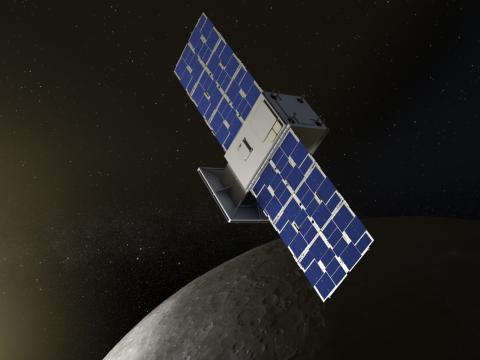
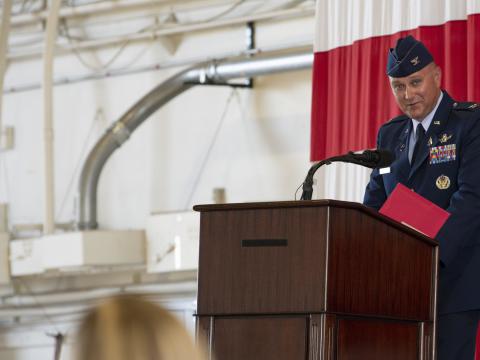

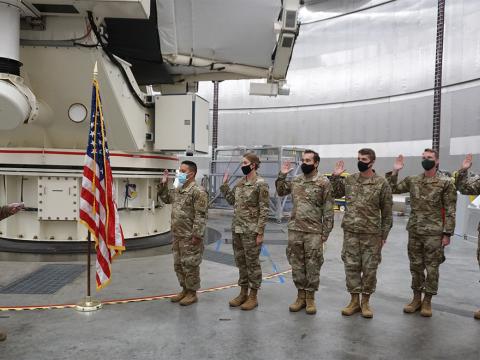
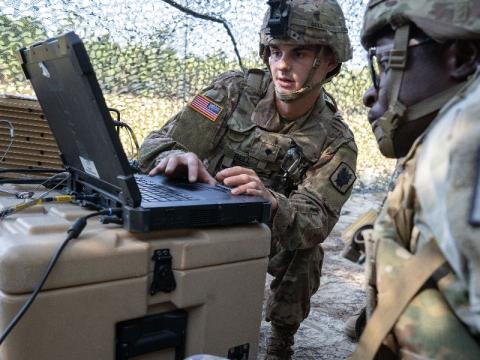
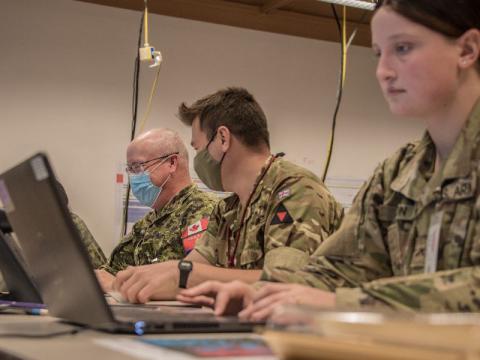
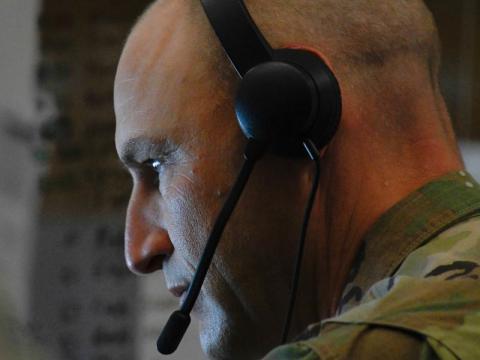
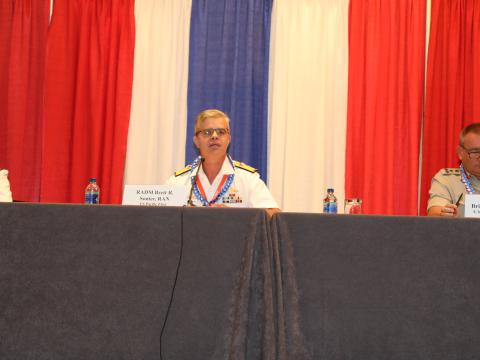

Comments